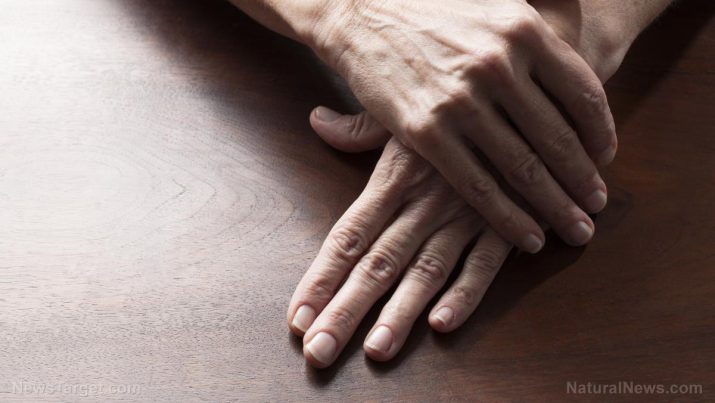
Athetosis – causes, side effects and treatments at NaturalPedia.com
Saturday, January 06, 2018 by Michelle Simmons
http://www.naturalpedia.com/athetosis-causes-side-effects-and-treatments-at-naturalpedia-com.html

Athetosis is the inability to maintain the fingers, toes, tongue, or other body parts in a stable position. This leads to continuous slow, sinusoidal, and flowing involuntary movements. A person with this condition continuously moves their hand and feet in a slow, snake-like motion. This condition is often accompanied by another condition called chorea, where it is referred to as choreathetosis. In chorea, random, sudden movements, which are too involuntary and uncontrollable, affect the facial muscles.
According to an article published on the website EpainAssist.com, there are different factors that cause athetosis. These include brain tumor, damaged or injury to the basal ganglia, cerebral infarction, hepatic encephalopathy, Wilson disease, Huntington’s disease, and cerebral palsy. In addition, athetosis can also develop as a side effect of antipsychotic medication, such as phenothiazine. There are also diseases that result to the development of athetosis, such as kernicterus, Tay-Sachs disease, Lesch-Nyhan syndrome, Phenylketonuria, Tardive dyskinesia, Segawa syndrome and Creutzfeldt–Jakob disease.

Known side effects of athetosis
There are several side effects of athetosis. Athetosis usually affects the hands and feet. The most common symptoms of athetotis include involuntary movements, tremors, bad posture, unsteadiness, twisting of the torso, slow, writhing movements, abrupt movements, and grimacing or drooling. This condition affects the balance and coordination of a person. A person suffering from athetosis may have difficulty in talking properly and standing. A child may show signs of athetosis as early as 18 months old. Initial symptoms may include difficulty in feeding, spasms, hypotonia, and involuntary writhing movements of the face, hands, and feet, which continue to get worse as the child grows and when he is stressed.
Body systems harmed by athetosis
The main body systems harmed by athetosis are the nervous, muscular, and skeletal systems.
List of foods or nutrients that prevent athetosis
There are no specific foods or nutrients that may prevent athetosis. However, since it is associated to Huntington’s disease, green tea, coenzyme Q-10 found in beef, chicken, pork, fish, soybean oil, olive oil, nuts, vegetables, and fruits, and foods rich in vitamin E might help.
Treatments, management plans for athetosis
There is no cure for athetosis, but there are ways on how to improve the life of an athetosis patient. One of these is by using the instrument called gross motor function, which measures the gross motor of patients who are suffering from cerebral palsy. Another kind of instrument that can be used to lessen the burden of an athetosis patient is the pediatric evaluation of disability, which can evaluate the current condition of a child who is suffering from the disorder. Selective control evaluation is a test that will assess how the child is able to do joint controls, and intentional movements.
Where to learn more
Summary
Athetosis is the inability to maintain the fingers, toes, tongue, or other body parts in a stable position.
Athetosis may cause involuntary movements, tremors, bad posture, unsteadiness, twisting of the torso, slow, writhing movements, abrupt movements, and grimacing or drooling.
A person with athetosis may have difficulty in speaking and standing.
Athetosis harms the nervous, muscular, and skeletal systems.
Sources include:
Tagged Under: Tags: Athetosis





